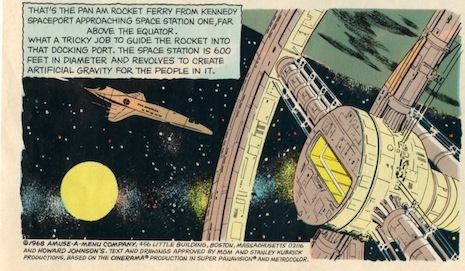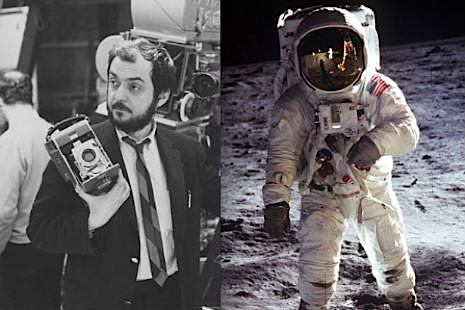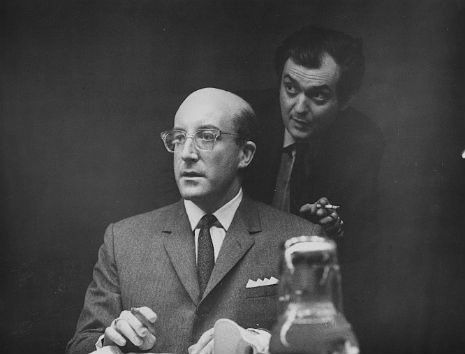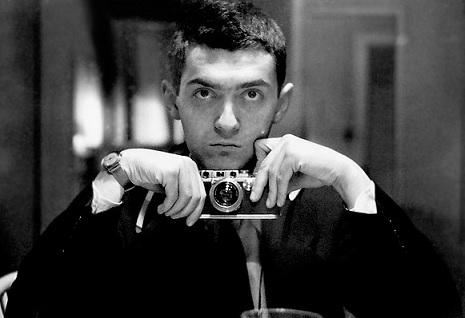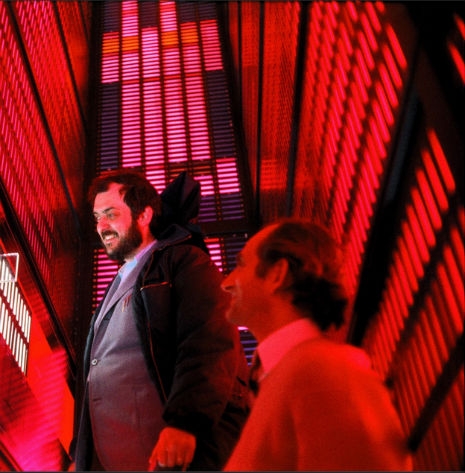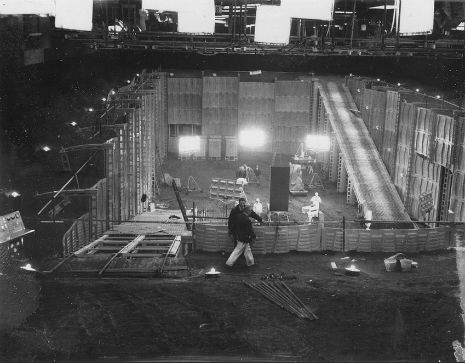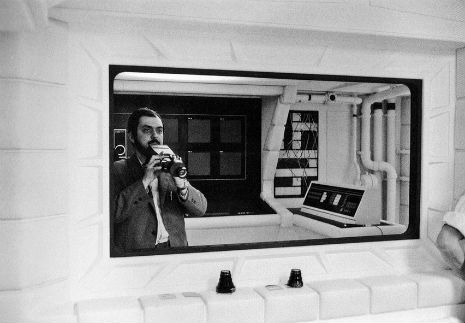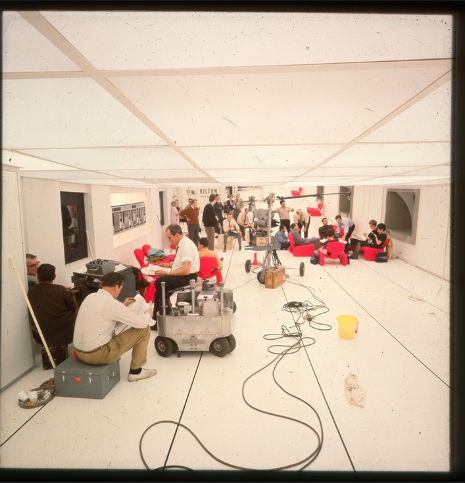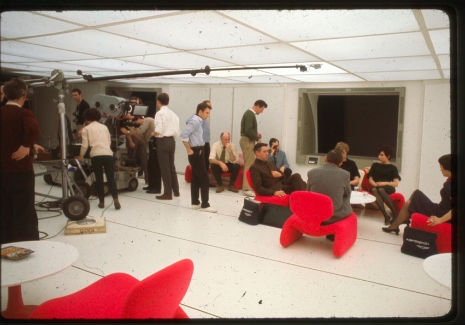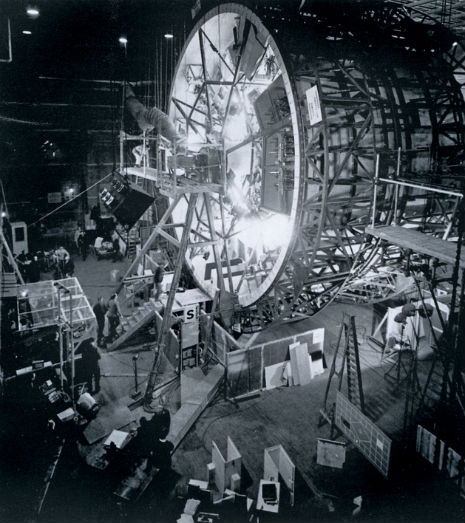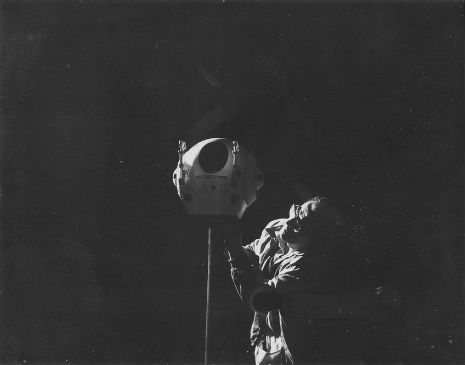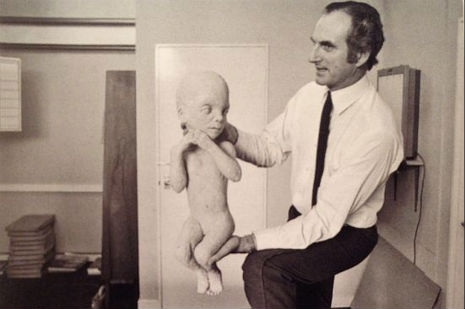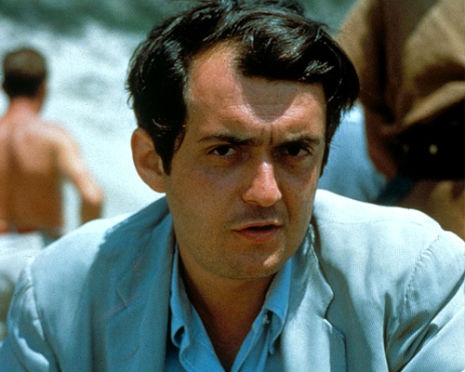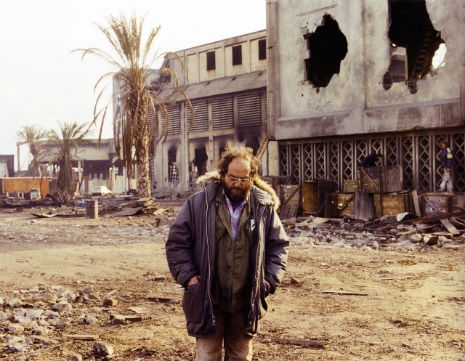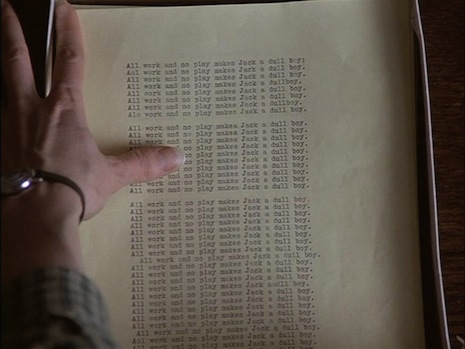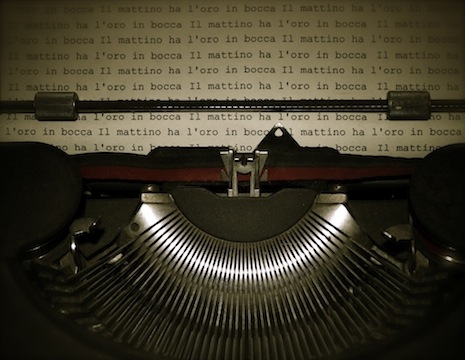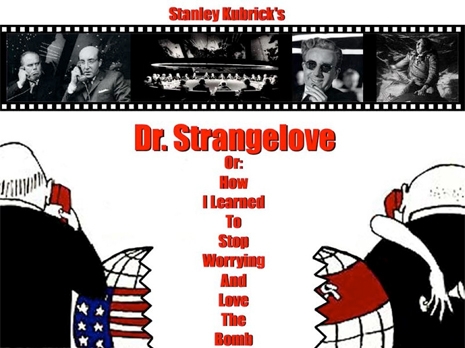
Filmmaker/musician Vivian Kubrick, daughter of the great Stanley Kubrick, has posted a selection of photographs on Twitter, depicting her once close relationship working with her father on his, and her own projects. The pictures may be viewed as a possible attempt at some form of reconciliation as Vivian has been allegedly out of touch with her family since joining the Church of Scientology in 1999.
Vivian’s filmmaking career started with her documentary on her father making The Shining in 1979. She scored Stanley’s next film Full Metal Jacket in 1987. Her father then asked Vivian to score Eyes Wide Shut, but she turned down his offer to dedicate herself to Scientology, as Raw Story reported last year when the reclusive Vivian attended at an “anti government Alex Jones rally”:
“Stanley asked Vivian to compose the score, but at the last moment she said she wouldn’t,” Kubrick’s widow Christiane told the Guardian in 2009. “They had a huge fight. He was very unhappy. He wrote her a 40-page letter trying to win her back. He begged her endlessly to come home from California. I’m glad he didn’t live to see what happened.”
It has been suggested that Eyes Wide Shut was Stanley Kubrick’s “requiem for his lost daughter”:
In “The Secret of the Pyramid,” which appeared in the January 2013 issue of the film journal Positif, critic and screenwriter Laurent Vachaud offered a new interpretation of “Eyes Wide Shut,” Stanley Kubrick’s last film, which came out in 1999 and was based on Arthur Schnitzler’s “Dream Story” (1926). After analyzing the omnipresence of triangle patterns in the film’s sets, Vachaud (interviewed this week by ARTINFO) concluded that “Eyes Wide Shut” is much more than a simple story of spousal jealousy. He theorizes that it is about mind control exerted by the secret society to which Alice Harford (Nicole Kidman) belongs. Her husband, Bill Harford (Tom Cruise), with “big closed eyes,” is blind to the fact that his wife is part of a cult that provides sex slaves to wealthy elites. This use of women echoes Doctor Strangelove’s final speech, in which he says that “with the right genetic policy, a ratio of 10 females per male, the population could return to its current level within 20 years.”
In his article, Vachaud wrote that the theme of abused children is at the heart of all Kubrick’s movies since “Lolita,” and that the Harfords’ child would also become, under the control of her mother, a slave of the secret society. Uncovering “barely veiled allusions” to Scientology in “Eyes Wide Shut” (among them the fact that Tom Cruise is himself a zealous Scientologist), the article claimed to discover a parallel between the movie and Kubrick’s personal life. His daughter Vivian Kubrick, who acted in several of her father’s movies, directed a film about the making of “The Shining,” and wrote the music for “Full Metal Jacket” (under the pseudonym Abigail Mead), joined the Scientologists during the preparation for “Eyes Wide Shut” and was no longer speaking to her family as of 1998.
Revealed by Kubrick’s widow in 2010, the disappearance of Vivian into the hands of Scientologists takes on a special resonance after viewing “Eyes Wide Shut,” a film with a deeply lethal atmosphere. Vachaud mentions the disturbing scene where Bill Harford, shocked and upset, learns from a newspaper of the brutal death of Mandy, a young woman whom he was unable to save, while Mozart’s “Requiem” plays. Vachaud concludes that “after this moment, it is hard not to see all of ‘Eyes Wide Shut’ as a father’s requiem for his lost daughter.”
Vivian allegedly turned-up at her father’s funeral with a Scientology handler. Vivian’s distance from her family became more apparent after she apparently failed to attend her sister Anya’s funeral in 2009. The sisters had once been inseparable.
The photographs start with Vivian and Anya as children in New York, and move almost film-by-film through Stanley Kubrick’s career, ending on a photograph of father and daughter together.

Vivian and Anya Kubrick, New York City 1965
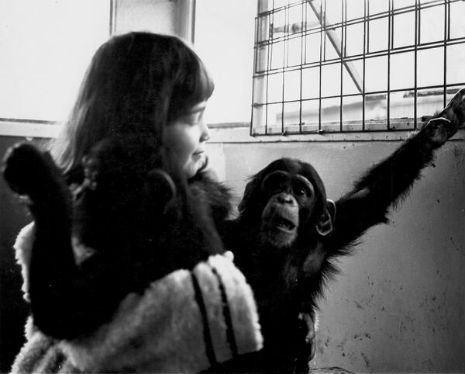
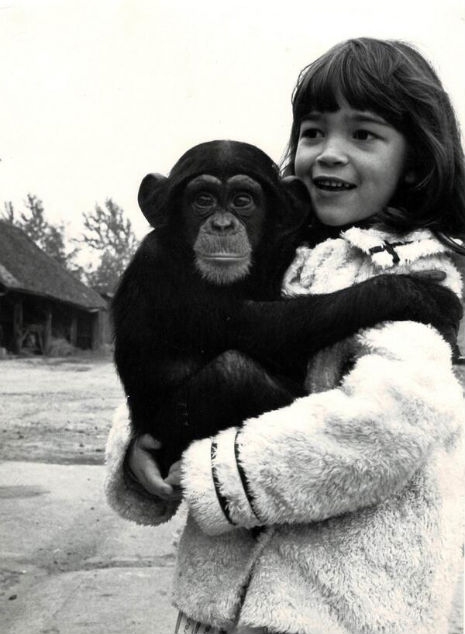
Vivian and a baby chimp from ‘2001: A Space Odyssey, 1967’

Vivian’s ‘Making The Shining’ cutting room, 1979

Editing ‘Making of The Shining’ at EMI studio, 1979

Vivian on location with camera, dog Fanny and father, ‘Full Metal Jacket’ 1986
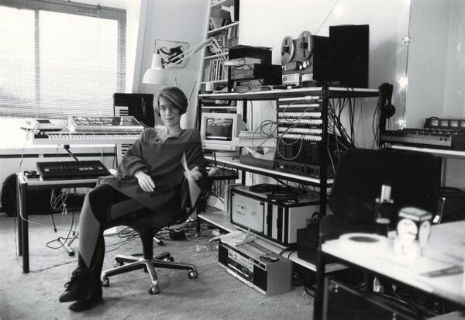
Vivian in her bedroom where she wrote the score for ‘Full metal Jacket’ 1987
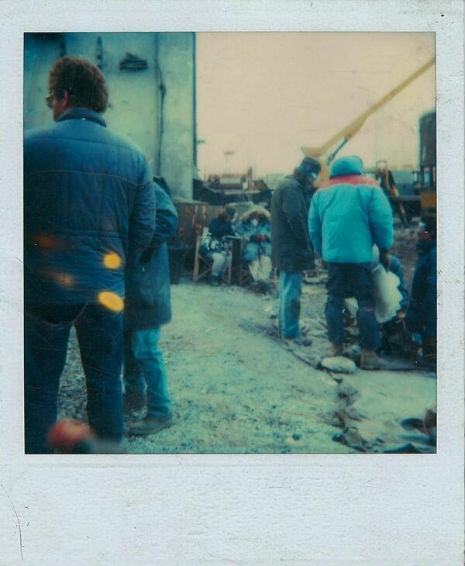
“Makes me smile: Me&Dad FMJ @ Beckton Gas Works: filthiest place on earth - 2 baths every night to get the filth off.”

“In Memory of my Dad, who I loved with all my heart and soul ... Dad and Me 1979 on the back veranda of Abbots Mead.”
Via Reddit












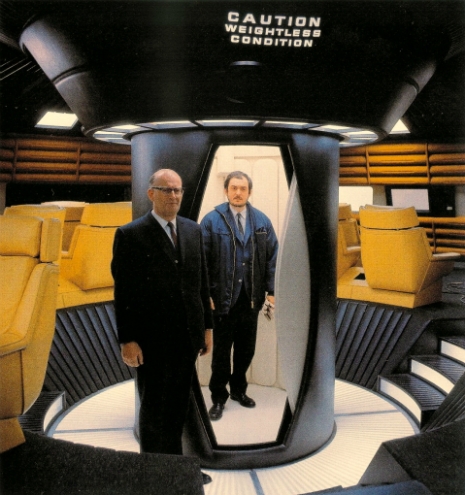
_banner_465_629_int.jpg)



